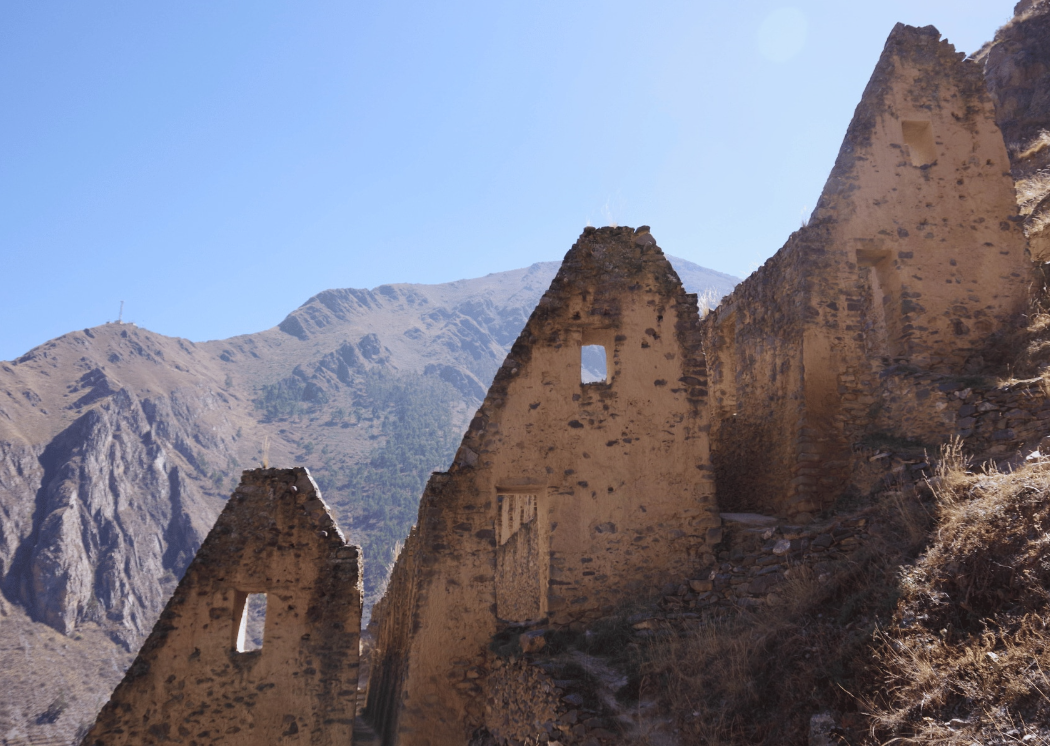Prime yourself for ancient Peruvian ruins
Machu Picchu is just the tip of the iceberg when it comes to Peru’s ruins, and the country is brimming with fascinating insights into the continent’s earliest civilizations. It’s not all about the Incas though they certainly played a big part. Huaca Pucllana is one of a number of pyramids in Peru that predate the Incan empire, and the mysterious Nazca Lines have captured imaginations for thousands of years.
To help get you headed down the right path, here are 5 Peruvian ruins you’ll want to make time for:
1. Choquequirao
Despite covering an area three times the size of Machu Picchu, the ruins of Choquequirao are often nicknamed the “mini Machu Picchu” because of their architectural similarities. This remote Incan settlement sits at the meeting point of three rivers in southern Peru, deep in the heart of the Vilcabamba mountains.
It’s thought to have been a refuge for the Incas after the Spanish invasion, where they mustered up a final effort to regain power. Reachable only on foot and hosting just a fraction of Machu Picchu’s visitors, Choquequirao is arguably Peru’s best-kept secret.
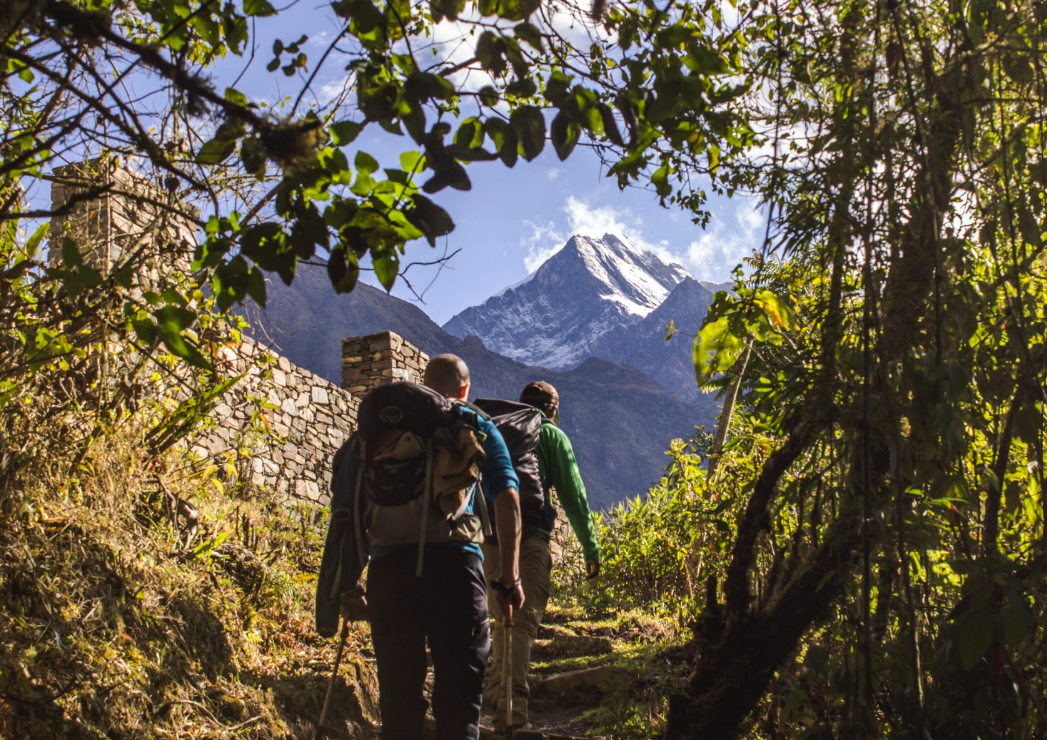
2. Huaca Pucllana
Forged by mud and clay bricks, the pre-Incan pyramid of Huaca Pucllana is a must-see archaeological site in Peru’s capital. It was constructed by the Lima Culture, a civilization that developed along the Peruvian coast between 700 BC and 200 AD, and built for the elite clergymen to show their religious and political power. The pyramid has two sides: one devoted to pleasing the gods (look for evidence of small pits for fish offerings) and the other for administration. The small clay structures and huts are thought to have been patios and courtyards for the clergymen. Once you’ve had a nose around, soak up the sites for a while longer with a meal at Restaurant Huaca Pucllana overlooking the ruins.
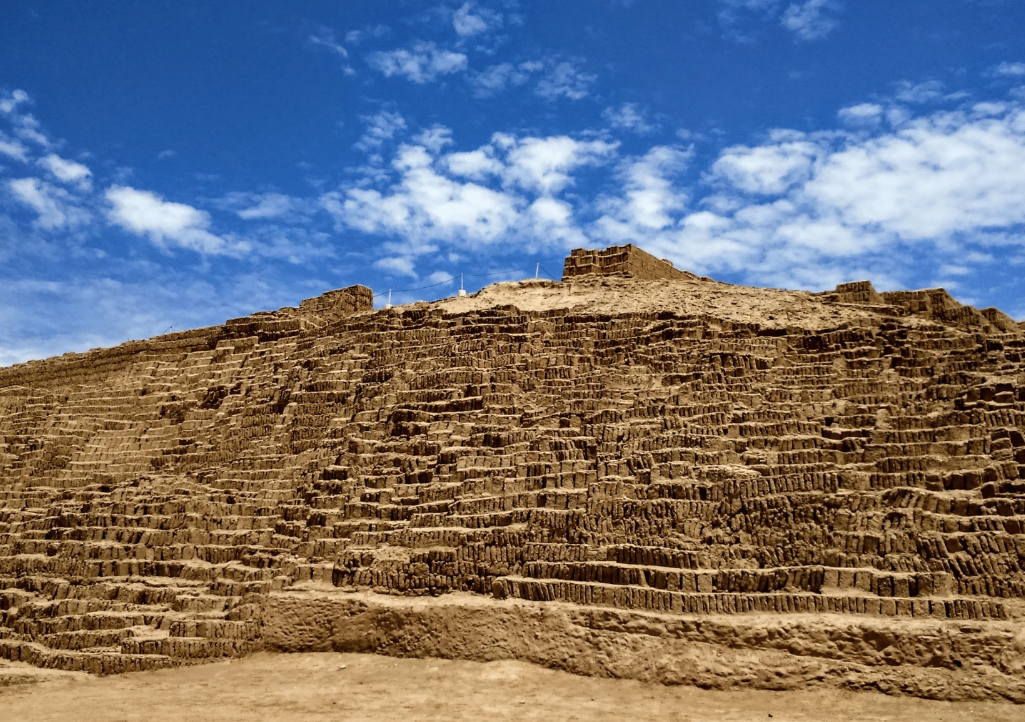
3. Machu Picchu
Hands down Peru’s most famous archaeological site, the Incan citadel of Machu Picchu took the best part of a century to build. You’ll see why when you walk alongside its sturdy granite walls, made from materials hauled up the mountain without the use of wheels. The 200-odd structures of Machu Picchu are set against the backdrop of the mighty Huayna Picchu (meaning “young peak”) and cloud forests. When you hike the Inca Trail and enter Machu Picchu through the Sun Gate, you’re following the original pilgrimage route of the Incas.
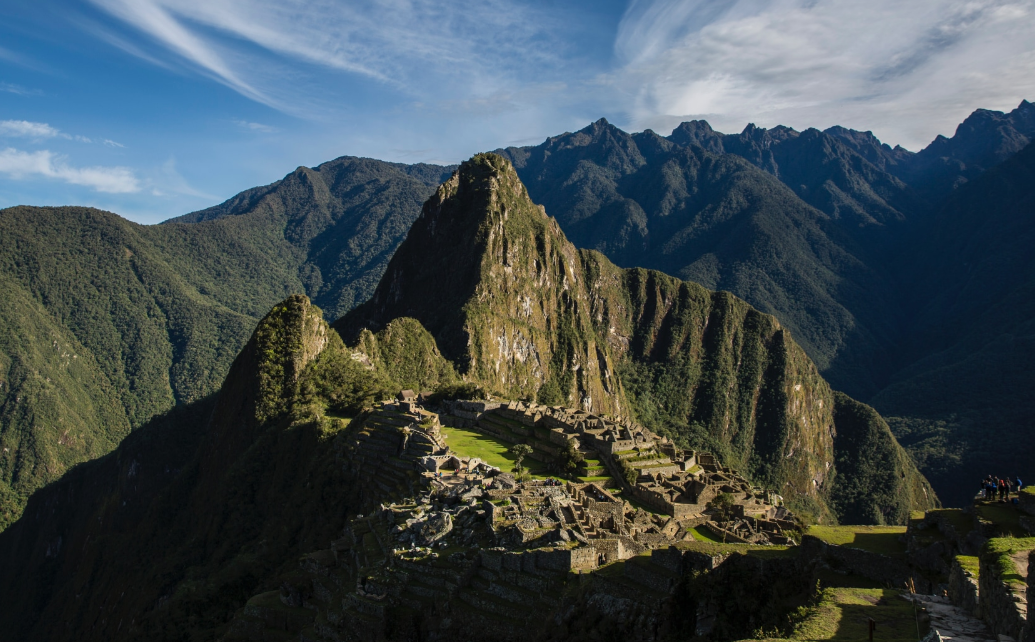
4. Nazca Lines
These extensive geoglyphs etched into the Nazca Desert have conjured up several conspiracy theories since their creation some 2,000 years ago. The mystery of their meaning, especially of the eerie humanoid figure nicknamed “The Astronaut,” is part of the allure. The markings including giant animal friends cover nearly 500 square km (190 square mi) of desert, so opting for a helicopter flight is the best way to spot the various pictures of plants, animals, and geometric shapes.
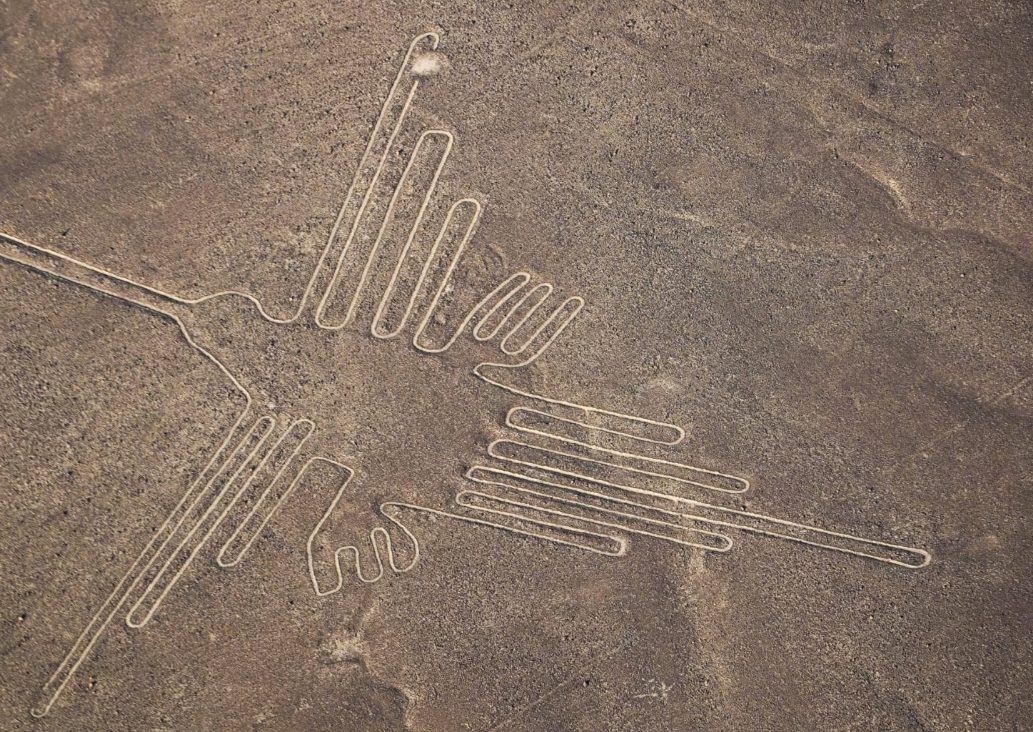
5. Ollantaytambo
A popular stop for hikers to rest for the night before starting the Inca Trail, the climb to Ollantaytambo rewards you with vantage points over the old town and Sacred Valley. The 15th-century fortress is also home to some of the Incan Empire’s most significant ruins, namely the Sun Temple and the Princess Baths Fountain. Round off your mini trek with an Inca champagne (spoiler alert: it’s beer made from corn) before wandering around the cobbled town square
